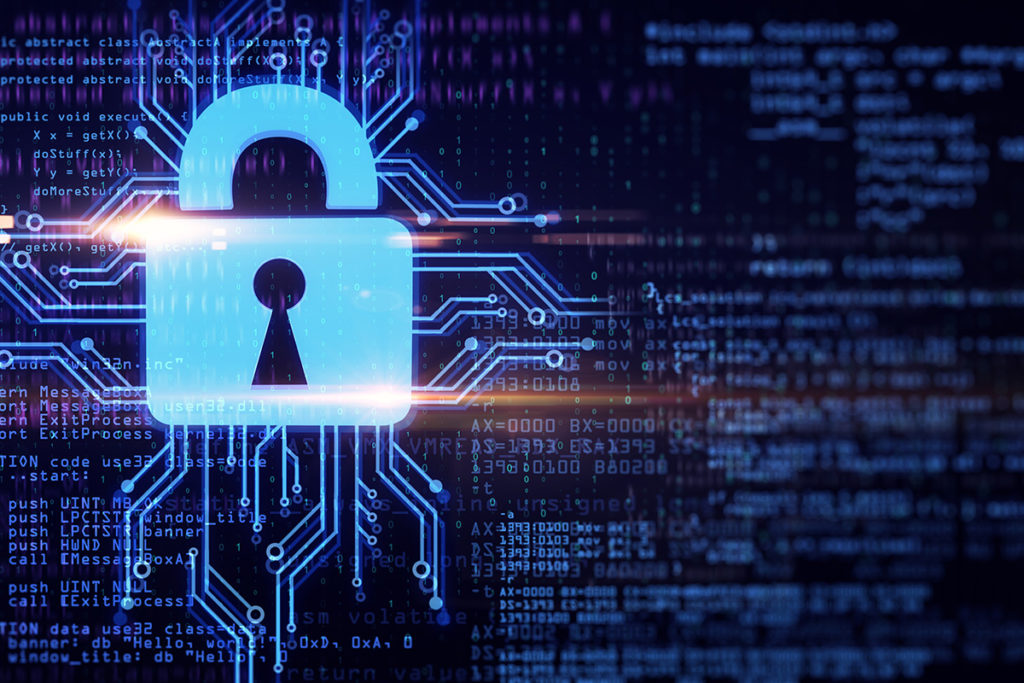
New technology developed to rapidly identify and defend against emerging cybersecurity threats is being demonstrated at a growing number of electric cooperatives nationwide.
The technology is being developed by NRECA and its partners through a cooperative agreement with the U.S. Department of Energy. Essence 2.0 monitors for cyberthreats and instantly provides key indicators to utility experts to defend systems against emerging threats. Using a set of algorithms, Essence 2.0 continuously assesses power grids for anything out of the ordinary. When unusual circumstances are detected, the technology provides real-time indicators, which allows for informed decision making to counter the threat.
“We are choosing partner electric cooperatives to help demonstrate and advance the capabilities of this platform,” said Emma Stewart, chief scientist at NRECA. “Being able to identify emerging threats in real time is the most important element of this approach so that electric cooperatives and other users can adapt quickly—not weeks later—to protect their systems.
“Our goal is to gain the most coverage from this technology for protecting the nation’s electric system and providing real-time situational awareness of the grid,” Stewart said. “Essence 2.0 can be used by cybersecurity teams and operating engineers to protect key systems against unknown, emerging threats. No other tool combines this capability for IT and OT collaboration with an awareness on both cyber and physical elements of the power grid.”
In 2020, DOE awarded NRECA $6 million to demonstrate that Essence 2.0 is an affordable resource for utilities to protect their operational technology (OT) and information technology (IT) against cyberthreats. NRECA has implemented the technology at a strategic set of electric co-op partners and seeks to expand its use to 55 additional co-ops under the DOE award. The expanded deployments are scheduled to begin this year.
Don Bowman, vice president of engineering and operations at Wake Electric Membership Corp. in North Carolina, says the meld of informational and operational technologies “focuses on the data points that matter in a timeframe that allows us to act quickly—protecting our infrastructure from dangers on the network.”
“Knowing all of the actors in our networks, and recognizing the data flowing from point to point, gives us confidence to use new technology to deliver reliability and affordability to our member-customers,” he said.
As the Essence 2.0 platform capabilities continue to mature, NRECA and co-op partners are transitioning the research to have broader industry impact, says Doug Lambert, NRECA’s senior principal for grid solutions. “We are coordinating with DOE to support situational awareness on the electric grid and advance research that is forging commercial partnerships with industry for long-term sustainability.”
Essence 2.0 research is focused on advancing and integrating two technologies developed by NRECA and its technology partners—a “cybersecurity-collect-communicate-collaborate” (C4) platform and a real-time anomaly detection capability called GridState. Both technologies were proven effective against cyber and physical attacks in the Rapid Attack Detection, Isolation and Characterization System program using live environments sponsored by the Defense Advanced Research Projects Agency.
Essence 2.0 provides shared security resources to community-owned co-ops and other small utilities as part of a comprehensive strategy to ensure protection of the electric grid.